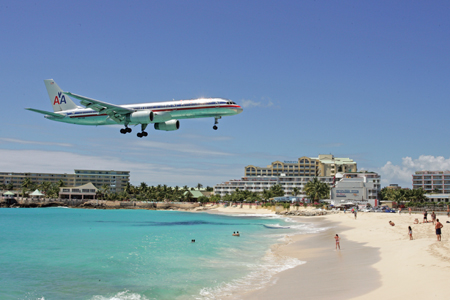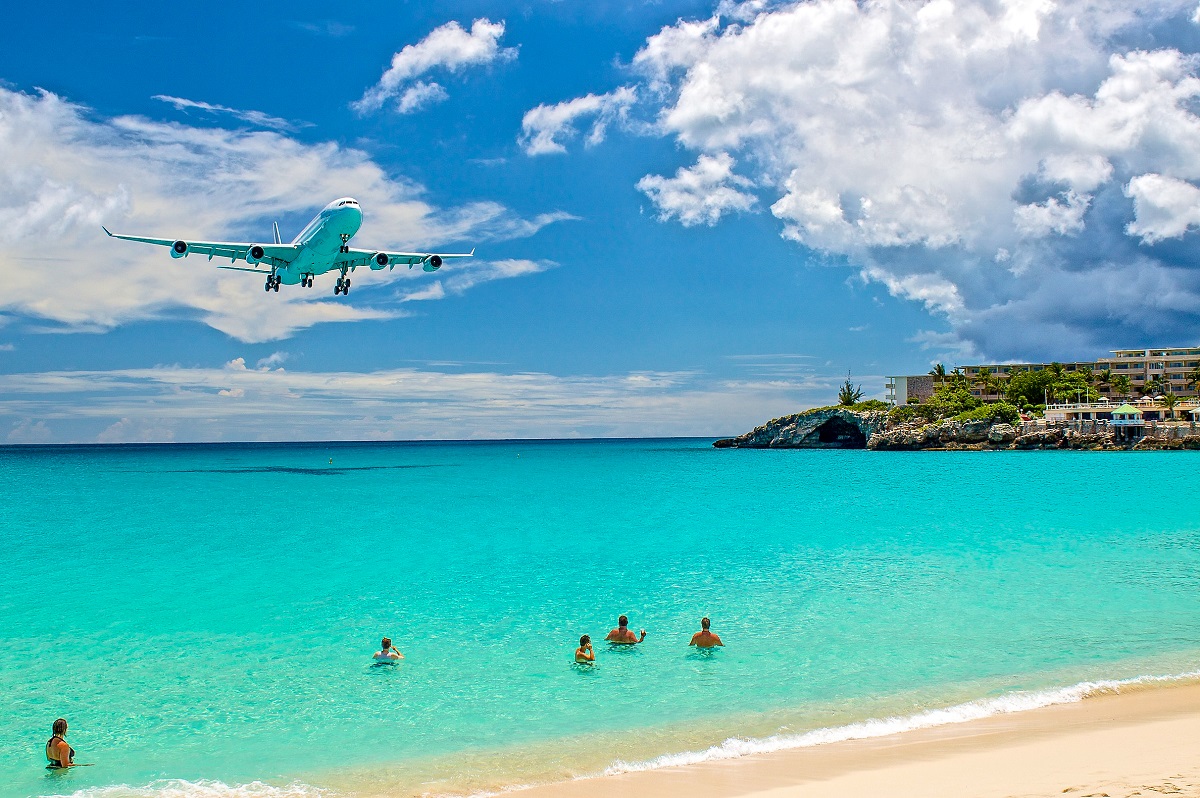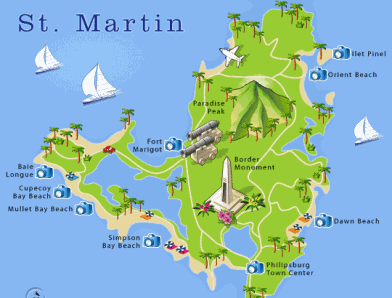







General Informtion
In this 37-square-mile island, two different cultures such as the Dutch and French,
have learned to co-exist together to create a
unique identity. Island’s history starts
with the discovery of St. Maarten / St. Martin / Sint Maarten
by Christopher Columbus in 1493.
Afterwards, for 150 years, the island was in
constant colonial conflict between the Netherlands,
Britain, France and Spain; that was until 1648,
when France and the Netherlands agreed
to divide and rule by two sovereigns. The island has
been ruled by these two Kingdoms until
October 10th, 2010 when the Dutch side of
St. Maarten / St. Martin / Sint Maarten gained independence.
The Dutch side is still part of the
Dutch Kingdom, but it is now a independent
country within this Kingdom. Just like Aruba (1986) and Curacao (2010).
Culture/History
The first documented residents of the present-day US Virgin Islands, the Ciboney, arrived on the
islands during the Pre-Ceramic Culture. The Arawaks settled on St Croix and St John in approximately
100 AD, followed by the peaceful Taino and fierce Carib. The most obvious remnants of these early
cultures are the ancient Taino petroglyphs carved into the rocks at the Reef Bay Trail, part of the
Virgin Islands National Park (1300 Cruz Bay Creek, St John). Christopher Columbus named and claimed
the Virgin Islands for Spain during his second New World voyage in 1493, but no fewer than five other
countries also ruled over the islands at various points during the following two centuries. Denmark,
however, was the country which established the islands first permanent settlement in 1672 and held
onto the islands longer than any other countries. In 1733, France sold the island of St Croix to the
Danish West India Company, which already controlled both St Thomas and St John. Sugar cane plantations
filled with slaves became the backbone of the islands economy throughout the 18th and early 19th centuries.
Many of the landmark buildings belonging to the Christiansted National Historic Site (2100 Church Street,
Christiansted) in St Croixs capital date from this boom period, which ended with the 1848 abolition of
slavery on the islands. Denmark lost interest in the Virgin Islands once sugar production came to a halt.
The first treaty to sell the islands to the United States was drawn in 1867, but the Danish government did not
formally hand the islands over to the United States until 1917. The United States feared Germany would attack
the islands and establish a submarine base there during WWI. The island residents became official United States
citizens in 1927, a status they have enjoyed ever since. The US Virgin Islands first became popular tourism
destinations after the 1959 embargo on American travel to Cuba. Not even a steady stream of hurricanes between
the late 1980s and late 1990s have stopped the equally steady stream of tourists to the US Virgin Islands.
Food
Mixture of various influences that Saint-Martin has known over the centuries, French cuisine with Caribbean flavors is the specialty of the island.
The village of Grand Case which is the gastronomic capital of the Caribbean, located in the north-west of the island, is the undisputed place to
meet the best chefs in Saint-Martin. Its main street is lined with many restaurants catering to all tastes and all desires: the traditional French
cuisine mixes with Italian, Indian, fish specialties and so on. A happy and delicious culinary melting pot reigns there!For those wishing to get
closer to the Caribbean culture, they can enjoy a grilled lobster or stuffed crabs served in many lolos (cheap dining establishment) that line
the beach. As they are on the seaside, the lolos really allow one to live Saint-Martin at local time. St martin foodAmong the few dishes that Saint-Martin
people particularly like, the visitors should not miss the stew oxtail, the Johnny Cakes (tasty fried bread), the Jacks (fried fish), pies stuffed with beef
or fish and the traditional dish of the island: the Locri which is a dish of spiced rice with chicken and vegetables. This is a treat for the taste buds and
a culinary discovery that is not to be missed! st martin islandRegarding seafood, the snapper is an excellent redfish that is prepared both in court-bouillon
or blaff (marinated in green lime then bring to court-bouillon) or grilled. Frigate tuna (close enough to tuna), marlin and shark can be eaten rather grilled or
smoked. The conch, a very large sea snail is delicious when fricassee. Acras (cod fritters with herbs or vegetables) and delicately spiced stuffed crabs are also dishes
of choice in Saint-Martin. On the beaches grows the sea grape tree which is a wild tree endemic to the island that provides delicious and acidulous fruit that
one should not hesitate to taste as it is!